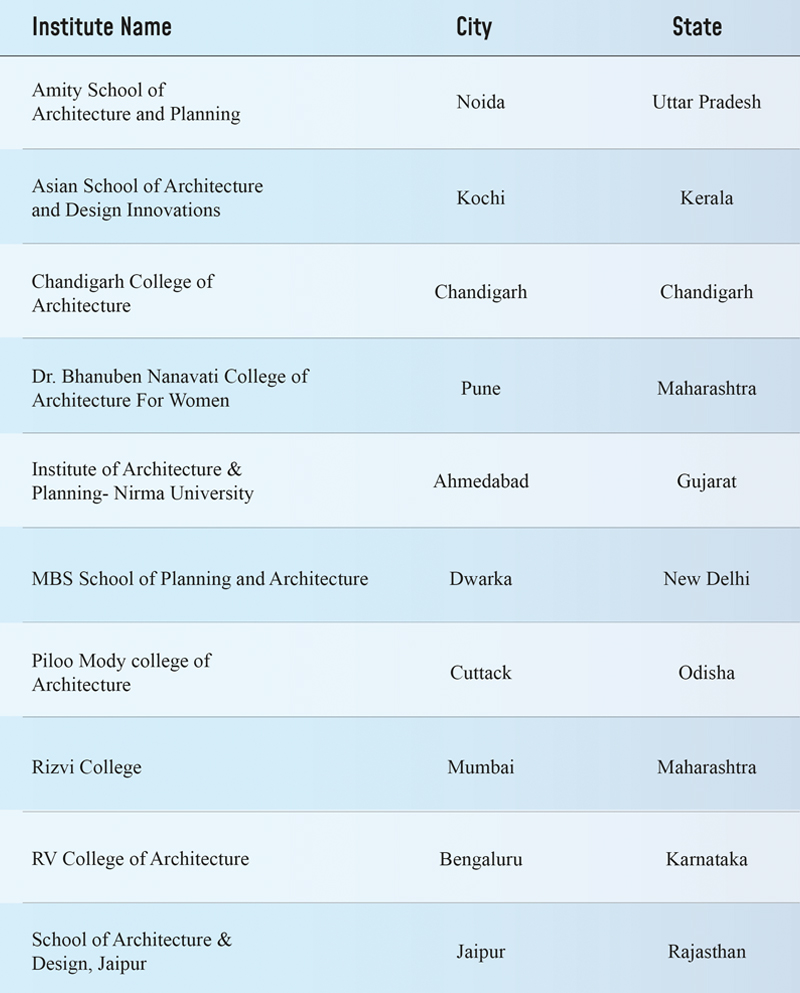Revitalizing vāstu śāstra in Indian Classrooms
From the very beginning, India has been at the forefront of great architecture. The Ajanta & Ellora caves and the Taj Mahal, are but simple reminders of our prowess in the field of architecture and design. Today, when it comes down to business, do architects, especially budding architects, find it affordable to pursue quality education, build a blooming career and land the job of their dreams?
Not really.
The number of Bachelor of Architecture (B. Arch) courses in India has grown rapidly in recent years. According to the regulatory body “Council of Architecture” (CoA), there are now “about 558 institutions” offering degree courses. Each of these classes is crammed with students, sometimes up to 80 in a class, resulting in the number of students graduating each year to triple. This expansion in courses has further led to overstretched and under-qualified teachers.
Another concern is that architecture as a serious career option is for only a very small percentage of students in architecture courses. The rest choose this as a fallback option, thanks to the undue pressure of achieving a “professional degree”. It is no wonder that these graduates then cut corners by paying others to make models, produce renderings and write their thesis.
This situation takes a turn for the worse during internships. Completing an internship of at least 24 weeks is mandatory for a B. Arch degree in India, therefore, several studios exploit this situation by asking students to pay for internships.
So, what needs to be done?
Identifying students who are genuinely interested in the course and ascertaining their creative abilities within the classrooms is a requisite. To do so, teachers must have time to spare individual attention to students, thus coming to the second point of limiting class size and procuring qualified teachers. Add to this better industry collaboration for internships, the Indian architectural education domain will have some relief.
We at the Higher Education Digest have gone ahead and compiled a list of “10 Must-Watch Architecture Colleges in India”. While we do not claim that this list is comprehensive, we would like to point out that these names have by far shown the best progress in the field. We hope that the names listed in this issue will stand as a beacon for the rest to follow through.





